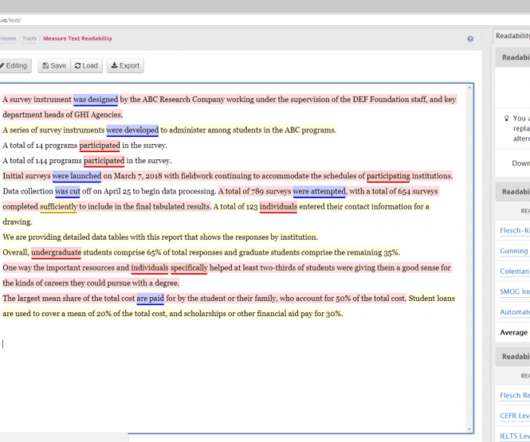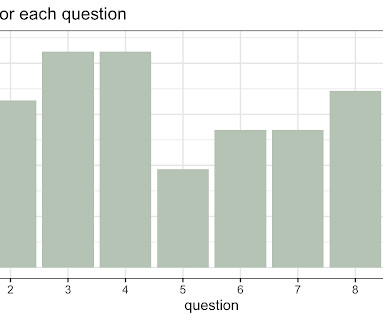How to Write about Research Methods Like a Human (and Not a Textbook)
Depict Data Studio
OCTOBER 31, 2022
Did you devote years of your life trying to sound “smart” and “professional,” like a textbook? I taught myself how to write in third-person language. I called myself “The researcher…” instead of plain ol’ “I…”. But if I wasn’t supposed to sound like a textbook, what was I supposed to sound like???















Let's personalize your content